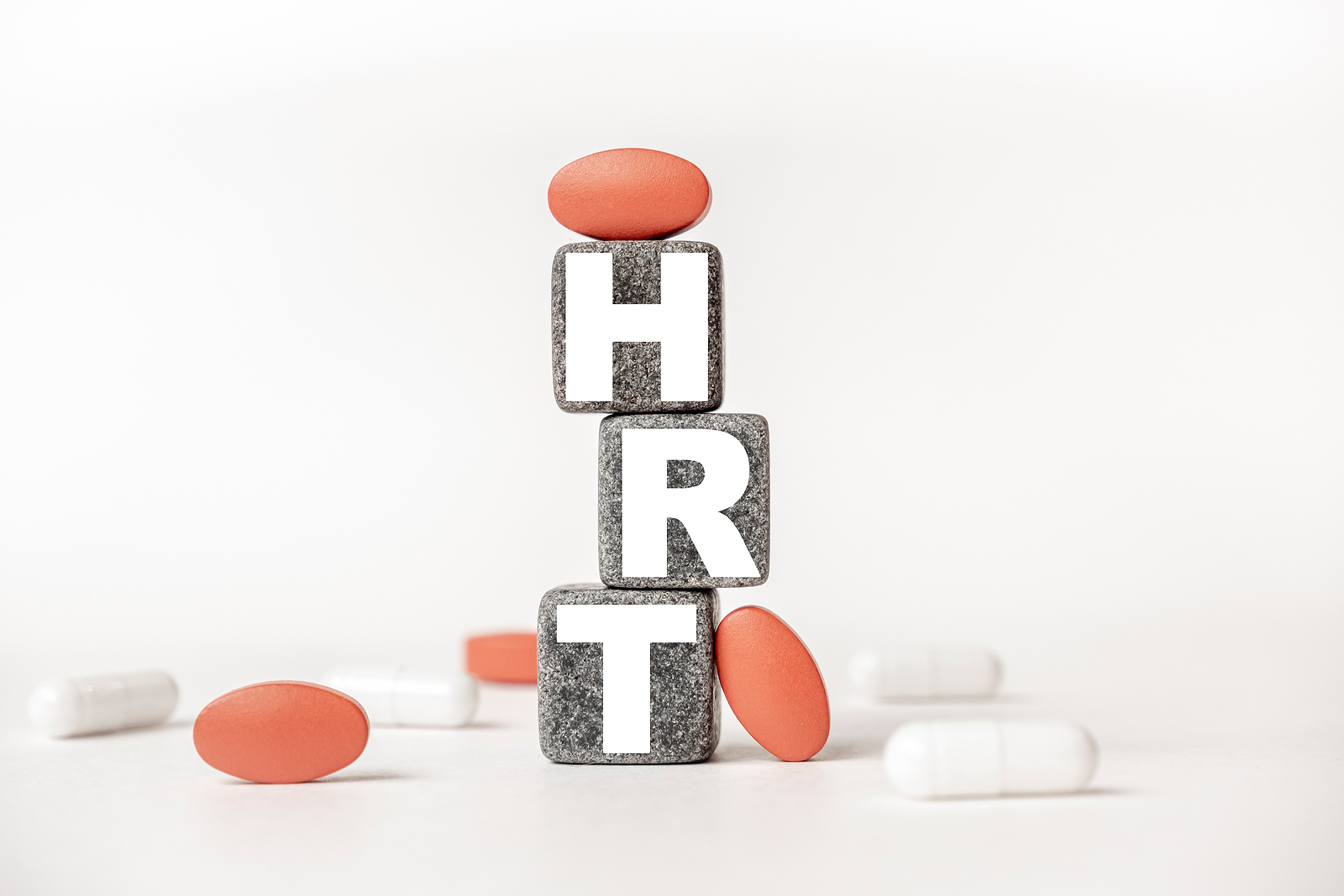
Many doctors recommend a hysterectomy for patients diagnosed with uterine fibroids. Hormone replacement therapy (HRT) is often prescribed to help with the side effects of the surgery, especially early menopause.
Before you make the decision to go this route, you should know that other treatment options exist, such as Uterine Fibroid Embolization (UFE). USA Fibroid Centers is dedicated to helping women find the right treatment for their fibroids. Below, we’ll discuss potential options for treating uterine fibroids and the benefits of UFE over a hysterectomy. We’ll also explain how HRT might impact your life.
CONTACT US WITH QUESTIONS AT 855.615.2555
Treatment Options for Uterine Fibroids
Uterine fibroids are non-cancerous, but they can cause painful symptoms. The number of fibroids you have, as well as how large they become, can also impact your fertility.
Symptoms of fibroids include:
- Heavy or excessive menstrual bleeding
- Lower back pain
- Fatigue
These symptoms can vary in severity, which can impact your quality of life.
Sometimes a doctor may recommend a hysterectomy to treat fibroids. A hysterectomy removes the uterus, including all fibroids, and permanently prevents them from coming back. A total hysterectomy, which includes the removal of the ovaries, causes surgical menopause.
A hysterectomy will result in a woman becoming infertile, regardless of whether it is a complete or partial hysterectomy. Fifty-eight percent of women who undergo this procedure did so because it was recommended by their healthcare provider. A doctor may also recommend a partial hysterectomy, which doesn’t lead to immediate menopause because the ovaries are left intact.
Those who undergo a hysterectomy may suffer from unpleasant, uncomfortable, and even painful side effects. Some will fade during and after recovery, while others are long-term or possibly permanent.
Short-term effects can include:
- Pain, bleeding, and abdominal cramps, which can last for several weeks after the surgery.
- Inability to lift heavy objects; your surgeon may also suggest you refrain from regular activities for several weeks.
Long-term effects will also occur and may include the following:
- No period.
- Early onset of menopause with a total hysterectomy, which can lead to hot flashes, insomnia, and emotional changes, such as depression.
- Inability to have children.
- Intestinal/bowel issues including incontinence and increase in urgency due to injury during the procedure.
- The risk of pelvic floor problems may increase after surgery.
- Vaginal dryness due to a reduction in estrogen can have a negative impact on sexual enjoyment.
USA Fibroid Centers offers an alternative to a hysterectomy for the treatment of fibroids. We believe that a hysterectomy is rarely the best option for this condition, and that other minimally invasive treatments, such as Uterine Fibroid Embolization, are a better alternative. UFE shrinks the fibroids, which can reduce your symptoms while leaving the uterus intact.
If you are considering a hysterectomy and concerned about how the short and long-term side effects will impact you, HRT is a treatment option many doctors recommend to help with these issues. Kym Lee, one of our fibroid ambassadors, had a hysterectomy as a result of her fibroids. She didn’t know about any other ways to relieve her pain, and she didn’t know how to talk about it with her loved ones.
Schedule a Consultation Online Now
What Is HRT and What Options for HRT Exist?
Hormone Replacement Therapy (HRT) is a medication prescribed to treat the symptoms of menopause. HRT may include estrogen or a combination of estrogen and progesterone to help maintain women’s hormone levels.
After a total hysterectomy, estrogen replacement therapy or ERT is often recommended due to the removal of the ovaries, which are responsible for making the hormone. ERT can help counteract the symptoms of surgical menopause when the body no longer produces it naturally.
A doctor may choose a combination of estrogen and progesterone for HRT. Progesterone can help minimize any negative impacts from too much estrogen in the body, including a higher risk for breast cancer. The combination is often prescribed when only the ovaries are removed to prevent the risk for uterine cancer. However, this is generally not a concern when a hysterectomy is performed for uterine fibroids because the uterus is removed.
Reasons to Avoid Hormone Replacement Therapy (HRT) after a Hysterectomy
While HRT is often recommended after a hysterectomy, it does present some issues you should be aware of and discuss with your doctor before making a decision.
Side effects of HRT include:
- Headaches
- Nausea
- Diarrhea
- Changes in weight
- Anxiety
- Decrease in sex drive
The side effects experienced will vary based on whether the person is taking estrogen alone or a combination of estrogen and progesterone. Estrogen side effects primarily are associated with nausea, while progesterone is often responsible for the other effects.
There is concern that HRT may increase the risk for certain types of cancers. When taking estrogen and progesterone together, there is a slightly increased risk for breast and ovarian cancer with long-term use. Estrogen taken alone hasn’t shown an indication of increasing these risks.
Other risks of HRT include the following:
- Stroke
- Heart disease
- Blood clots
- Gallbladder disease
How Is HRT prescribed?
Systemic hormone therapy, such as a pill, gel, cream, or skin patch, is one method. A vaginal product, such as cream, tablet, or ring, is a second option.
How long you must take HRT depends on your age, but most doctors recommend no more than five years and to see a doctor every year while on the treatment. Younger women often take estrogen after a hysterectomy until they are of the age when they would naturally go through menopause.
Avoid HRT After Hysterectomy Altogether with Uterine Fibroid Embolization
UFE can prevent the need for a hysterectomy. During the treatment, a tiny catheter is threaded into the artery supplying blood to the fibroid. Tiny embolic particles are released into the artery to stop the flow of blood to the fibroids, so they can shrink and die over time.
UFE offers several benefits over having a hysterectomy with HRT. Here are some benefits you may want to consider:
- The side effects of UFE are much lower than with HRT after a hysterectomy. Because UFE leaves the uterus and ovaries intact, a patient will not experience early menopause.
- Long-term health risks are lower with UFE because it doesn’t introduce hormones into your system or remove any organs.
- Shorter overall recovery time because it is non-surgical.
- UFE is an outpatient procedure with no need for anesthesia.
- UFE doesn’t require stitches or cause scarring.
- UFE doesn’t impact fertility negatively; in fact, recent studies indicate it can improve the odds of having a baby if fibroids are preventing conception.
Request a Consultation With USA Fibroid Centers
If you suffer from uterine fibroids, we want you to know that you have options other than a hysterectomy. Our team will answer your questions and address your concerns to make you more aware of your fibroid treatment options. To discover all your treatment options, request a consultation or call us at 855.615.2555.



